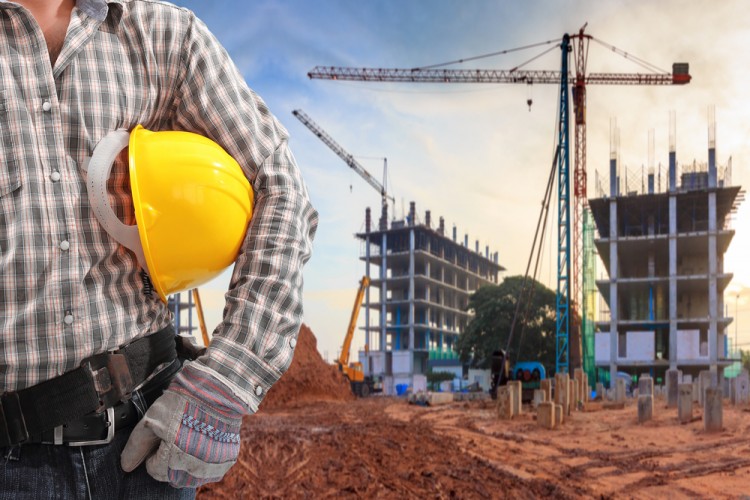The safety of operation of structures and structures is determined by the quality of construction activities. There is a huge base of technical documentation that regulates the production technology of repair and installation, reconstruction and finishing operations. A special place in the group of building standards is occupied by the norms of special technical conditions (STU), which are developed for a specific object. Moreover, the regulation in this case applies not only to construction, but also to related design activities.
Document Overview
The regulation governing the development of technical documentation was approved in 2008, when the Ministry of Regional Development of the Russian Federation issued an order No. 36. The document spoke of a new procedure for the development and approval of construction and design documents related to the implementation of capital facilities. What place does this regulation take today in the structure of other technical and regulatory standards, including SNiP, SP and GOST? Special technical conditions are priority in terms of the regulation of construction and design processes in the Russian Federation. If the same SNiPs or GOSTs contradict the rules of the STU, then they are not taken into account.
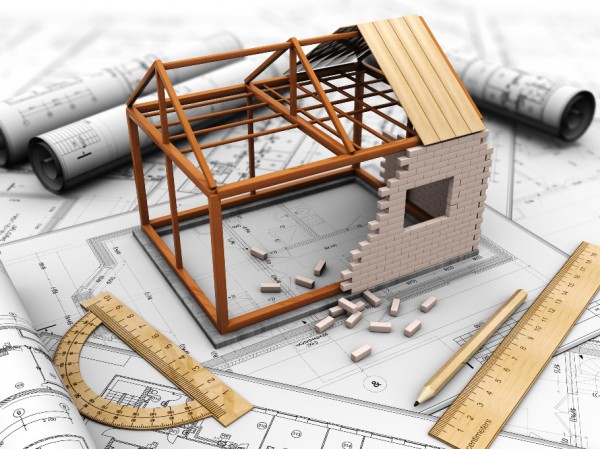
In fact, STU determined an additional list of requirements for construction and design activities, tightening existing rules for the development of technical documentation. This was manifested in a closer connection with the Ministry of Emergencies in cases where the project contains special requirements for the fire safety of the facility. But, there are also positive aspects in the regulation system of STU. Since the development of special technical conditions is not licensed, this facilitates the process of preparing documents. This nuance also does not affect the quality of materials, since the approval procedures have in fact preserved the previous order.
The main provisions of the norm
During its existence, the document has undergone several revisions, but the essence of the regulatory rules has remained the same. To date, the following provisions of the norm are still relevant:
- The document regulates the development and coordination of special conditions in which design and construction activities should be carried out.
- The regulation applies only to capital construction projects.
- Only special technical conditions are established regarding safety and reliability requirements that are not found in other technical documents.
- The STU document may extend to technical and structural characteristics, as well as take into account the safety requirements provided by technological systems that are not directly related to the capital construction project.
- STU in each case are developed and installed for a specific object and are not universal.
Rules and procedure for the development of STU
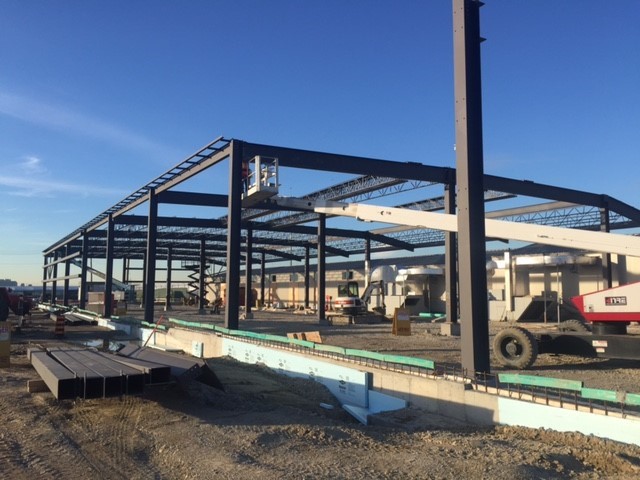
At the preliminary stage, the customer forms a task for the STU. Further, the research group or design organization begins the development of special technical conditions in accordance with the following rules:
- During the creation of the document, one should be guided by the prepared project justification with an explanatory note from the customer, as well as normative technical documentation with safety requirements and the main set of rules for the construction industry.
- Developers at STU describe the missing design and construction requirements for a particular facility.
- Title documents for construction work should be indicated - in particular, the right to own a land plot.
- The key elements of the capital construction object are described with designation and space-planning decisions. A plot of a plot with utilities may be included.
- If, for one reason or another, the STU does not contain references to the general provisions of construction requirements, they should be compensated by derogations with justification through alternative standards and rules. For example, SNiPs can in some cases be replaced by provisions from the joint venture and GOST.
- Also, the procedure for the development and approval of special technical conditions requires that all technical standards present in the documentation be specified. This will allow them to be controlled at the verification stages, giving an appropriate assessment as the project progresses.
Varieties of STU
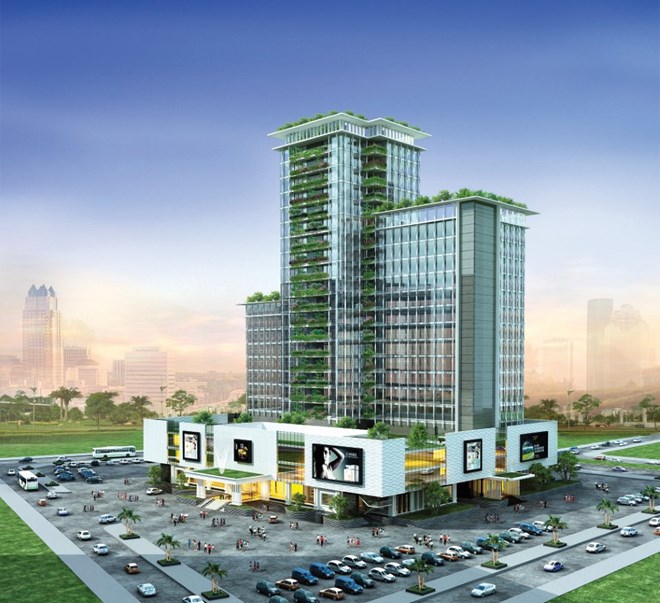
The documentation on the terms of design and construction may vary depending on the intended purpose, the direction of the requirements for technical and operational characteristics, etc. At the basic level, special technical conditions are classified into four categories:
- Requirements that focus on compliance with the requirements of technical regulations. To a minimum, additional standards are developed that are developed independently of existing standards.
- Special requirements for industrial safety. They are mainly used for industrial-type facilities, the operation of which is associated with high fire hazard risks.
- Seismic safety requirements. In this case, a distinctive feature of the documentation will be the territorial location in zones with seismic hazard from 9 points.
- Special requirements for ensuring fire safety. This type of regulation can be applied to all capital construction projects, regardless of purpose. Another thing is that in each case, the content will focus on the specific data of the project.
STUs are also divided according to the principle of providing the facility with current technical standards. The customer himself can choose one or another form of regulatory support, which, in turn, will determine the future nature of the development and coordination of special technical conditions:
- Norms that are based on the Town Planning Code (Article 48). These are technical requirements that comprehensively regulate the design, construction and operation of capital facilities. Moreover, historical and cultural monuments can be considered as target buildings, for which the rules of ensuring reliability and safety do not currently apply in full measure.
- Standards that take into account exclusively fire safety rules. Also used in sections on design and construction.
- Standards directly related to structural and technological solutions. The basis may be documents of the joint venture, GOST and SNiP.
Special fire safety specifications
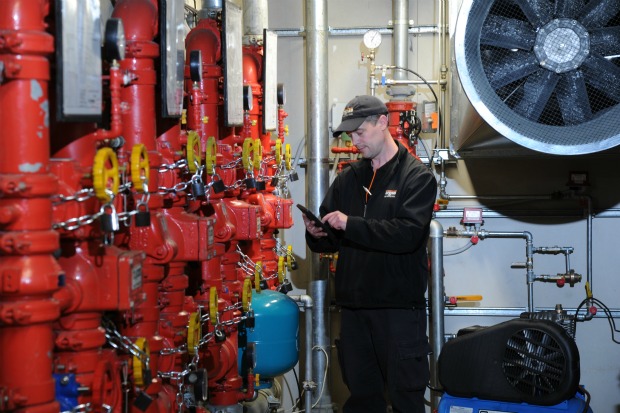
In this case, the object of study and further regulatory support is fire protection. The document will be based on the general fire safety requirements for capital construction projects, but with an emphasis on the specific operating conditions of the structure. The basis is taken into account a set of organizational and engineering measures with procedures aimed at preventing a fire in the building or extinguishing a fire in a timely manner. The development of a document on special specifications for the design of fire protection, in particular, is carried out by organizations licensed by the Ministry of Emergencies. In the process of creating STU, the following technical and operational factors are analyzed:
- The initial level of fire hazard at the facility.
- The effectiveness of measures that can be aimed at limiting and preventing the spread of fire.
- Priority and effectiveness of measures aimed at protecting people in a fire.
- Opportunities for saving human lives.
- Accessibility of fire services to the source of ignition and supply of materials for extinguishing fire, taking into account the design features and equipment of the building.
Taking into account the above factors, a package of documents is prepared with a description of special technical conditions for fire safety, where the characteristics of the local fire service can be taken into account. For example, communications play a key role in fire fighting processes. The algorithm for organizing fire prevention measures will depend on the accuracy of detecting a fact of fire, further on the speed of operation of the automation in the alarm system and the alarm notification of the corresponding services.
Technical conditions for a special assessment of working conditions
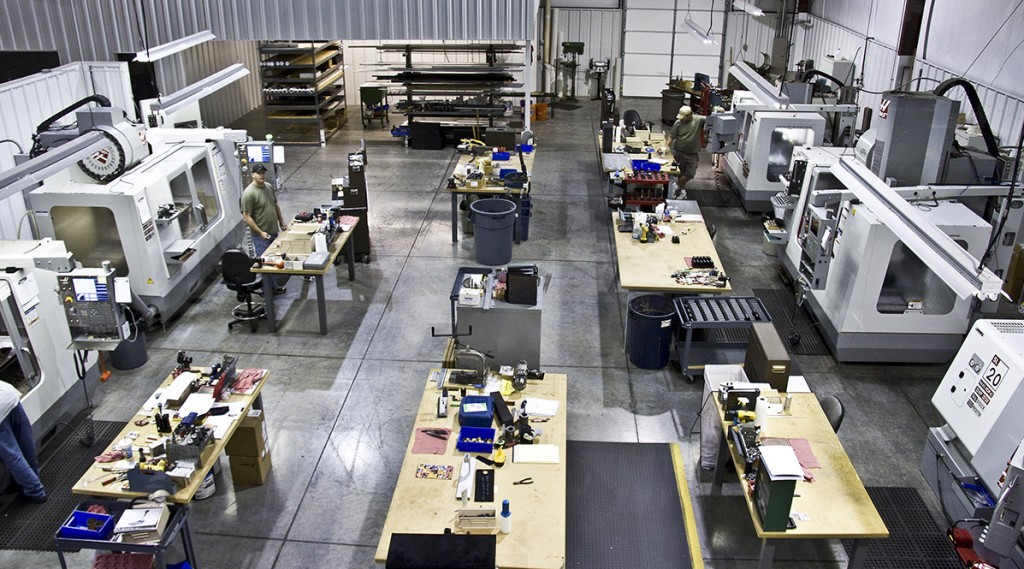
This format of the regulation is required to eliminate potentially dangerous or harmful factors of production activities that may affect the health of employees of enterprises. Previously, such functions were performed by the so-called list method, which indicated potentially hazardous industries, but today this approach is recognized as ineffective. What is the technical task of a special assessment of working conditions? It is based on the justification of the special assessment, which will be given based on the results of a set of procedures aimed at identifying the risks of the target group of technological processes at specific workplaces. The customers in this case are the heads of enterprises who plan to introduce new or reorganize old jobs. Directly developing documents of this type is carried out in the following order:
- A study group is created with representatives from the employer and the trade union organization, as well as a labor protection specialist.
- A list of targeted jobs to be studied is being formed.
- An agreement is being drawn up with a laboratory that will process the results of the examination. This organization must have state accreditation and be on the Register of enterprises providing relevant services in the field of labor protection.
- Identification of factors of industrial activity. This part of the work is carried out by laboratory experts on the basis of the results of the inspection of workplaces. Measurement of harmful factors.
- Classification of jobs by degree of harmfulness and danger.
Based on the preparation of special technical working conditions for a particular enterprise, recommendations are made on the distribution or re-equipment of jobs, the change in individual technological processes, or the correction of the strategy of social support for employees. For example, specialists note that according to the results of the assessment of labor conditions, the employer will be able to adjust pension contributions.
Requirements for the content of materials STU
The first section indicates the legal data of the object, information about the customer, contractors and possible contractors. In subsequent sections, in addition to the general provisions, the following is indicated:
- Grounds for construction. For example, documents with title may be given.
- Justification of the need to develop special specifications for the object with reference to the regulatory documentation. In particular, the reason may be indicated, supported by the technical and operational feasibility of carrying out certain design and construction works.
- The scope of a specific STU document is indicated. In this case, the address of the object and its main characteristics should also be indicated.It is important to take into account that by default STUs apply to only one object - except when it comes to a functionally integrated complex of several buildings.
- Technical description of the facility. The design and space-planning decisions applied in a specific case are indicated. The structure of the STU does not include schemes and drawings, as well as the plan of the land.
Document approval procedure

After the development of STU documentation, its approval is required. To date, the following procedure for the approval of special technical conditions:
- For a positive outcome, you should initially prepare a package of documents containing information about the customer and the organization-developer, directly the draft STU and an explanatory note. The specific set of documents may vary depending on the type of project and the requirements of a particular agency. It is advisable to prepare title documents with copies.
- Documents are sent to the Ministry of Construction and Housing.
- In case of violations in the preparation of documentation, the commission sends it back to the customer within 10 days.
- The maximum period for consideration of documents is 30 days.
- In accordance with the protocol, a regulatory and technical department can be created, whose opinion when considering documents is advisory.
- Upon successful consideration and approval of special technical conditions, the interested party must be informed about this within 5 days from the date of this decision.
- In case of refusal of approval, an explanatory note with the reason for such a decision is also sent within 5 days.
- Agreed STUs are issued to customers on hand or by legally issued power of attorney. If desired, the customer can order the delivery of documents by mail.
It is worth noting that existing STUs must undergo a harmonization procedure in the same manner if changes were made to them. In this case, a package of documents is also formed with their subsequent submission to the Ministry.
Features of approval of STU in the Ministry of Emergencies
Contacting this department is not required in all cases. As already mentioned, permission or coordination with the Ministry of Emergencies is necessary when developing separate sections of the project with special requirements for fire protection. The supervisory department is directly responsible for approving the coordination of special technical conditions with standards for fire safety. The set of documents will have to include the following materials:
- A written statement in which the rationale for the approval of the STU should be disclosed. As experts advise, in the same document it will be useful to indicate the possibility of an assessment in the presence of the applicant.
- Calculation of a fire hazard. This document is relevant only for cases of the development of STU, which include deviations from the existing fire safety standards. Other calculations should concern safety of people directly.
- Three copies of STU materials.
According to the established rules, special technical conditions in the Ministry of Emergencies are considered in 30 days, but an extension of up to 45 days is allowed in some cases. The change in terms, in particular, may be due to the involvement of highly specialized research groups that will make a recommendation. Based on the results of the review, either a decision on approval or a refusal may also be issued. In the second case, the documentation is sent for revision indicating unsatisfactory design parameters or violations in the content of the project. Each subsequent procedure for reviewing STU documents will be carried out as new without taking into account previous inspections.
Conclusion
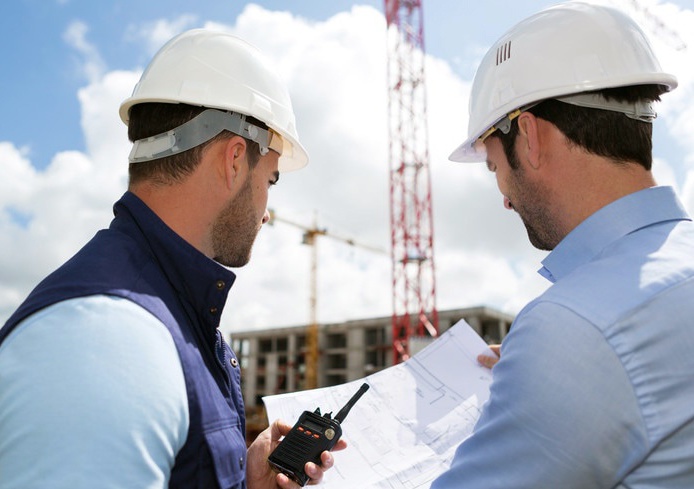
The previous system of regulation of construction and design activities had many imperfections and did not always contribute to solving the tasks that were set for it.This applies mainly to the stages of development of project documentation, which should primarily be based on existing planning standards. However, due to the improvement of construction technologies, it became increasingly difficult for advanced organizations working in this industry to adapt to some of the existing standards. In part, to eliminate such situations, a procedure was developed to develop special technical conditions that allow individually approaching the rules for the implementation of construction projects.
Moreover, the STU system does not apply purely to the construction industry as such. The development of documentation for buildings taking into account fire safety may not affect the technical and construction structure of buildings at all. Or at least partially touch them. Evaluation of labor activity in industries also mainly refers to the characteristics of technological processes in enterprises. That is, STUs are a kind of universal tool that allows in different industries to improve the quality of technical, organizational, construction and production activities.
